

Articles
Why Does Dehumidifier Freeze Up
Modified: August 16, 2024
Get expert articles on why dehumidifiers freeze up and how to prevent it. Improve indoor air quality with our informative guides.
(Many of the links in this article redirect to a specific reviewed product. Your purchase of these products through affiliate links helps to generate commission for Storables.com, at no extra cost. Learn more)
Introduction
A dehumidifier is a household appliance that is designed to reduce the humidity levels in the air. It is commonly used in areas with high humidity, such as basements, bathrooms, or laundry rooms. Dehumidifiers are essential for maintaining a comfortable and healthy indoor environment by preventing mold, mildew, and other moisture-related issues.
In some cases, however, dehumidifiers may encounter a common problem: freezing up. This occurs when the coils of the dehumidifier become covered in ice, which can hinder its effectiveness. Understanding why a dehumidifier freezes up and how to prevent it can help you ensure its efficient operation and prolong its lifespan.
In this article, we will delve into the reasons why a dehumidifier may freeze up and provide you with preventative measures to avoid this issue.
Key Takeaways:
- Regular maintenance, proper temperature settings, and adequate airflow are crucial in preventing a dehumidifier from freezing up. These measures ensure efficient operation and a healthy indoor environment.
- Understanding the reasons behind freezing and implementing preventive measures can help avoid common issues with dehumidifiers. Regular maintenance and proper temperature and airflow management are key to preventing freezing.
Read more: Why Does an AC Unit Freeze Up
What is a dehumidifier?
A dehumidifier is a device that helps control the humidity levels in an enclosed space, such as a room or a building. It works by removing excess moisture from the air, which helps prevent the growth of mold, mildew, and other harmful microorganisms. Dehumidifiers are especially useful in areas with high humidity levels, such as coastal regions or during the rainy season.
Dehumidifiers typically consist of a fan, a refrigeration system, and a condensation collection unit. The fan draws in the humid air from the room and passes it over the cold evaporator coils. The moisture in the air condenses on the coils, forming droplets of water that are collected in a water tank or drained away. The dry air is then released back into the room.
There are different types of dehumidifiers available on the market, including refrigeration dehumidifiers, desiccant dehumidifiers, and whole-house dehumidifiers. Refrigeration dehumidifiers are the most common type and operate by cooling the air to remove moisture.
Dehumidifiers are beneficial for a variety of reasons. They help create a healthier indoor environment by reducing the risk of respiratory issues caused by mold and mildew. Additionally, they can help protect furniture, electronics, and other belongings from moisture damage. Dehumidifiers can also aid in controlling musty odors and preventing the growth of dust mites.
How does a dehumidifier work?
A dehumidifier works by removing excess moisture from the air, leading to a decrease in humidity levels. The process involves several key components and operations:
- Fan: The dehumidifier’s fan draws in humid air from the surrounding environment.
- Pre-Cooling: The air passes through a set of pre-cooling coils. This lowers the temperature of the air, causing moisture to condense and form droplets.
- Evaporator Coils: The air then flows over the evaporator coils, which are chilled by a refrigerant. The cold coils cause further condensation of the moisture in the air.
- Water Collection: The condensed moisture collects on the coils and drips down into a collection pan or tank.
- Reheating: The dehumidifier’s reheating coils then warm up the air, restoring it to a comfortable temperature.
- Exhaust: The dry, dehumidified air is released back into the room, while the excess moisture is drained out of the unit.
This process continues in a cycle as the dehumidifier continuously monitors and regulates the humidity levels in the room. The desired humidity level can be set manually on the dehumidifier, and it will work to maintain that level by automatically turning on and off as needed.
It’s important to note that dehumidifiers have different capacities, expressed in pints of moisture removed per day. The size and capacity of a dehumidifier should be chosen based on the specific needs and size of the area being dehumidified.
By effectively controlling humidity levels, dehumidifiers help create a comfortable and healthier living environment by reducing excess moisture and preventing the growth of mold, mildew, and other harmful microorganisms.
Reasons why a dehumidifier may freeze up
While dehumidifiers are designed to remove excess moisture from the air, there are several factors that can cause them to freeze up. It’s important to identify and address these issues to ensure optimal performance and prevent potential damage to the unit. Here are some common reasons why a dehumidifier may freeze up:
- Low ambient temperature: Dehumidifiers are most effective at temperatures above 65 degrees Fahrenheit (18 degrees Celsius). If the temperature drops below this threshold, the evaporator coils may become too cold, causing condensation to freeze on them and impede the dehumidification process.
- Lack of proper maintenance: Infrequent cleaning and maintenance can lead to the accumulation of dirt, dust, or debris on the evaporator coils. This buildup restricts airflow and hampers the heat exchange process, making it more likely for the coils to freeze.
- Dirty filters: Clogged or dirty air filters can hinder proper airflow, leading to inefficient dehumidification and potentially causing the coils to freeze up. Regularly cleaning or replacing the filters is essential to prevent this issue.
- Faulty components: Malfunctioning parts, such as a defective thermostat or a faulty sensor, can result in inadequate temperature regulation within the dehumidifier. This can cause the evaporator coils to get too cold and freeze up.
- Improper placement of the dehumidifier: Placing the dehumidifier in an area with restricted airflow, such as against a wall or in an enclosed space, can impede the airflow necessary for proper operation. Without adequate airflow, the dehumidifier may struggle to maintain optimal temperature levels and may freeze up.
If your dehumidifier is freezing up, it’s important to address the issue promptly to prevent further damage and inefficiency. By troubleshooting the potential causes mentioned above, you can identify and rectify the problem.
In the next section, we will discuss how you can prevent your dehumidifier from freezing up in the first place through regular maintenance and other preventive measures.
Low ambient temperature
One of the common reasons for a dehumidifier to freeze up is operating in a low ambient temperature environment. Dehumidifiers are designed to function optimally in temperatures above 65 degrees Fahrenheit (18 degrees Celsius). When the temperature drops below this threshold, the evaporator coils can become too cold, resulting in condensation freezing on the coils.
Low ambient temperatures can occur in basements, garages, or other areas with poor insulation. If the temperature in the room or space where the dehumidifier is being used falls below the recommended range, ice can build up on the coils, obstructing the dehumidification process and potentially damaging the unit.
To prevent the dehumidifier from freezing up due to low ambient temperatures, consider the following measures:
- Check the recommended operating temperature range: Consult the manufacturer’s guidelines or user manual for the recommended operating temperature range of your specific dehumidifier. Ensure that the room or space where the dehumidifier is placed maintains a temperature within this range.
- Insulate the room: Improve insulation in the area where the dehumidifier is located to maintain a more consistent temperature. This can include sealing any cracks or gaps, adding insulation to walls or windows, or utilizing weather-stripping around doors.
- Use auxiliary heating: If the ambient temperature frequently falls below the recommended operating range, consider using a space heater or other heating sources to maintain a suitable temperature in the room.
- Relocate the dehumidifier: If it’s not possible to raise the ambient temperature in the room, consider moving the dehumidifier to a warmer and more suitable location within the building.
By ensuring that your dehumidifier operates within the appropriate temperature range, you can prevent the risk of it freezing up and maintain its efficiency and effectiveness in removing excess moisture from the air.
Read more: Why Does My Window Air Conditioner Freeze Up
Lack of proper maintenance
Proper maintenance is crucial for the smooth and efficient operation of a dehumidifier. Failing to perform regular maintenance tasks can contribute to the unit freezing up. Here are some maintenance issues that can lead to the freezing of a dehumidifier:
- Clean the coils: Over time, the evaporator coils of a dehumidifier can accumulate dirt, dust, and debris. This buildup restricts airflow and prevents the coils from effectively exchanging heat. As a result, the coils can become excessively cold and freeze. Regularly cleaning the coils can prevent this issue. Follow the manufacturer’s instructions for cleaning or consult the user manual for guidance.
- Check the water collection container: The water collection container or tank of a dehumidifier needs to be emptied regularly to prevent overflow. When the container is full, it can obstruct the airflow and cause the unit to freeze. Empty the container as recommended by the manufacturer to avoid this problem.
- Inspect the drain system: If your dehumidifier has a drain system, ensure that it is free from blockages or clogs. A blocked drain line can prevent water from draining properly, leading to the accumulation of water in the unit and potentially causing freezing. Clear any obstructions and ensure proper drainage to prevent this issue.
- Replace or clean the air filters: Dirty or clogged air filters can impede airflow, making it difficult for the dehumidifier to function optimally. Restricted airflow can lead to poor heat exchange and freezing of the coils. Refer to the manufacturer’s instructions for guidance on when and how to clean or replace the air filters.
- Inspect and maintain the fan: The fan in the dehumidifier helps to circulate air and ensure proper airflow. Check the fan regularly to ensure it is operating smoothly and not obstructed by any debris. Cleaning the fan blades can also help maintain its efficiency.
By performing routine maintenance tasks according to the manufacturer’s recommendations, you can prevent the buildup of dirt, debris, and other obstructions that can lead to freezing. Regular maintenance helps to keep the dehumidifier in optimal condition and ensures its effective dehumidification performance.
Dirty filters
One common maintenance issue that can cause a dehumidifier to freeze up is dirty or clogged air filters. The filters in a dehumidifier play a critical role in maintaining air quality and preventing the buildup of dirt, dust, and other particles in the unit. When the filters become dirty or clogged, it restricts the airflow, resulting in poor heat exchange and potential freezing of the coils.
To prevent a dehumidifier from freezing up due to dirty filters, consider the following tips:
- Regularly clean the filters: It’s important to clean the filters of the dehumidifier regularly to remove dust, debris, and other particles that can hinder airflow. Refer to the manufacturer’s instructions or user manual for specific guidance on how to clean the filters.
- Replace the filters when necessary: Over time, the filters may become worn out or damaged. If cleaning the filters no longer restores proper airflow, it may be time to replace them. Consult the manufacturer’s guidelines to determine how often the filters should be replaced.
- Remove excess moisture before cleaning: Before cleaning the filters, ensure that the dehumidifier is turned off and unplugged. Allow the unit to sit for a short period to allow any condensation to evaporate. This will prevent the filters from becoming damp or moist during the cleaning process.
- Inspect for any damage: During the cleaning process, check the filters for any signs of damage, such as tears or holes. Damaged filters may not effectively filter the air and can lead to further issues. If the filters are damaged, replace them with new ones.
- Establish a regular cleaning schedule: Set a routine for cleaning the filters of your dehumidifier. Depending on the environment and usage, filters may need to be cleaned or replaced every few weeks or months. Following a regular cleaning schedule helps maintain optimal airflow and prevent freezing.
By keeping the filters of your dehumidifier clean and replacing them when necessary, you can ensure proper airflow and minimize the risk of freezing. Clean filters not only improve the performance of the dehumidifier but also help maintain indoor air quality by capturing airborne particles.
To prevent a dehumidifier from freezing up, make sure the room temperature is above 65°F (18°C) and the unit is not placed near a cold air source. Regularly clean the coils and check for proper airflow.
Faulty components
Another reason a dehumidifier may freeze up is due to faulty components. Malfunctioning parts, such as a defective thermostat or a faulty sensor, can disrupt the temperature regulation within the unit, leading to the coils becoming excessively cold and freezing.
If you suspect that faulty components are causing your dehumidifier to freeze up, here are some steps you can take:
- Check for error codes or warning lights: Some dehumidifiers come equipped with error codes or warning lights to indicate any operational issues. Consult the user manual or manufacturer’s guidelines to understand the meaning of these codes or lights and troubleshoot accordingly.
- Reset the unit: Try resetting the dehumidifier by unplugging it from the power source for a few minutes and then plugging it back in. This may help resolve minor technical glitches and restore normal operation.
- Contact customer support: If the problem persists or you suspect a specific component is faulty, contact the manufacturer’s customer support or a professional technician. They can provide guidance on troubleshooting steps specific to your dehumidifier model or arrange for repairs if necessary.
- Consider professional repair or replacement: If the dehumidifier is still under warranty, contact the manufacturer or authorized service center for assistance with repairs. If the warranty has expired, a professional technician may be able to diagnose and repair the faulty components. In some cases, it may be more cost-effective to replace the unit altogether.
It’s important to address any faulty components promptly to prevent further damage to the dehumidifier and ensure its efficient operation. Keep in mind that attempting to repair or modify components without proper knowledge and expertise may void the warranty or pose safety risks. When in doubt, seek professional assistance.
By promptly addressing and resolving faulty components, you can prevent your dehumidifier from freezing up and ensure its long-term functionality.
Improper placement of the dehumidifier
The placement of a dehumidifier plays a significant role in its performance and can contribute to the unit freezing up. Improper placement can restrict airflow, inhibit proper heat exchange, and cause the coils to become excessively cold. Here are some factors to consider regarding the placement of your dehumidifier:
- Avoid blocking the airflow: Ensure that the dehumidifier has sufficient space around it for proper airflow. Avoid placing the unit against walls, furniture, or other objects that can obstruct the airflow. This includes not covering the intake or exhaust vents of the dehumidifier.
- Provide enough clearance: Allow adequate clearance behind the dehumidifier as well. This ensures that air can circulate freely around the unit. Depending on the model, the manufacturer may recommend a specific distance between the unit and any obstacles.
- Consider the proximity to heat sources: Avoid placing the dehumidifier near heat sources such as radiators, heaters, or direct sunlight. Excessive heat can affect the temperature regulation of the dehumidifier and disrupt proper operation.
- Choose an appropriate location: Place the dehumidifier in the area where excess moisture is most prevalent, such as basements, bathrooms, or laundry rooms. These areas typically have higher humidity levels and require effective dehumidification.
- Consider the room size: Ensure that the dehumidifier’s capacity matches the size of the room. Using an undersized dehumidifier in a large area can strain the unit and potentially cause freezing. Consult the manufacturer’s guidelines for the recommended room size for your specific dehumidifier.
- Keep away from sources of cold air: Avoid placing the dehumidifier near drafty windows, doors, or air conditioning vents. Cold air currents can lower the temperature around the dehumidifier and lead to freezing of the coils.
By properly placing your dehumidifier and ensuring sufficient airflow, you can help prevent the unit from freezing up. This allows the dehumidifier to operate efficiently and effectively remove excess moisture from the air, maintaining a comfortable and healthy indoor environment.
Read more: Why Air Conditioning Unit Freezes Up
How to prevent a dehumidifier from freezing up
To prevent a dehumidifier from freezing up, it’s important to implement regular maintenance and follow some preventive measures. By taking the necessary steps, you can ensure the efficient operation of your dehumidifier and prolong its lifespan. Here are some tips to prevent your dehumidifier from freezing up:
- Regular maintenance: Perform regular maintenance tasks to keep your dehumidifier in optimal condition. This includes cleaning or replacing the filters, cleaning the coils, and emptying the water collection container as needed.
- Adjusting the temperature settings: Set the dehumidifier to operate within the recommended temperature range. Avoid using the dehumidifier in extremely low ambient temperatures that may cause the coils to freeze.
- Ensuring proper airflow: Proper airflow is crucial for the performance of the dehumidifier. Ensure that the unit has adequate space around it and that the intake and exhaust vents are clear from obstructions.
- Keeping the room well-insulated: Improve insulation in the room where the dehumidifier is located to maintain a more consistent temperature. This reduces the risk of temperature fluctuations that can contribute to freezing.
- Monitoring the humidity levels: Use a separate hygrometer or the built-in humidity sensor in your dehumidifier to monitor the humidity levels in the room. Adjust the settings accordingly to maintain a comfortable and optimal humidity level.
- Placing the dehumidifier strategically: Position the dehumidifier in areas where moisture is most prevalent, such as basements, bathrooms, or laundry rooms. Avoid placing the unit near sources of cold air or heat.
- Regularly inspecting and servicing: Keep an eye on the overall condition of your dehumidifier. If you notice any unusual signs or suspect any faults, have the unit inspected by a professional to address potential issues before they lead to freezing or other problems.
By following these preventive measures and incorporating regular maintenance into your routine, you can help ensure that your dehumidifier operates efficiently and remains free from freezing. The longevity and effectiveness of your dehumidifier depend on proper care and attention.
Remember to consult the manufacturer’s guidelines and user manual for specific instructions on maintenance and operation for your particular dehumidifier model.
Regular maintenance
Regular maintenance is key to keeping your dehumidifier in optimal condition and preventing it from freezing up. By implementing a routine maintenance schedule, you can ensure that the unit operates efficiently and effectively removes excess moisture from the air. Here are some important maintenance tasks to consider:
- Cleaning the filters: The air filters in a dehumidifier are responsible for capturing dust, dirt, and other particles. Over time, these filters can become clogged and obstruct proper airflow. Regularly clean the filters according to the manufacturer’s instructions. In some cases, you may need to replace the filters with new ones.
- Cleaning the coils: Dust, dirt, and debris can accumulate on the evaporator coils, hampering their ability to extract moisture from the air. Clean the coils periodically to maintain their efficiency. Use a soft brush to gently remove any buildup and ensure proper heat exchange.
- Emptying the water collection container: Depending on the design of your dehumidifier, it may have a water collection container or tank. Regularly check and empty the container to prevent overflow. This will ensure that the unit can continue extracting moisture without interruption.
- Checking for leaks: Inspect the dehumidifier for any signs of leaks, including water accumulation or moisture around the unit. Leaks can indicate a malfunctioning component or a blocked drainage system. Address any leaks promptly to prevent damage to the unit or potential freezing.
- Inspecting the fan and motor: Check the fan blades and motor for any signs of debris or damage. Clear any obstructions and ensure smooth operation. Lubricate the motor if necessary, following the manufacturer’s recommendations.
- Treating mold or mildew: If you notice any mold or mildew growth in or around the dehumidifier, use a mild solution of water and vinegar to clean the affected area. This will help prevent the spread of spores and maintain a healthy environment around the unit.
- Following manufacturer’s guidelines: Refer to the manufacturer’s guidelines or user manual for specific maintenance instructions and recommendations. Different dehumidifier models may have slightly different maintenance requirements, so it’s important to follow the manufacturer’s recommendations for optimal performance.
By incorporating these maintenance tasks into your routine, you can enhance the longevity and effectiveness of your dehumidifier. Regular maintenance not only prevents freezing but also ensures that the unit operates efficiently, providing you with a comfortable and healthy indoor environment.
Remember to always unplug the dehumidifier before performing any maintenance tasks and consult a professional for any complex issues or repairs.
Adjusting the temperature settings
Properly adjusting the temperature settings of your dehumidifier is crucial to prevent it from freezing up. The temperature at which the unit operates can directly impact its performance and the formation of ice on the coils. Here’s how you can adjust the temperature settings to maintain optimal operation:
- Review the manufacturer’s recommendations: Consult the manufacturer’s guidelines or user manual to understand the recommended temperature range for your specific dehumidifier model. Different units may have different temperature requirements.
- Set the ideal humidity level: Many dehumidifiers allow you to set the desired humidity level manually. Optimal humidity levels generally fall between 40% and 50%. Adjust the humidity setting on your dehumidifier accordingly to maintain a comfortable and healthy indoor environment.
- Monitor the ambient temperature: Keep an eye on the temperature of the room or space where the dehumidifier is placed. Ensure that the temperature remains above the minimum operating temperature recommended by the manufacturer. This temperature threshold is typically around 65 degrees Fahrenheit (18 degrees Celsius).
- Avoid extreme temperature fluctuations: Sudden and extreme temperature changes can cause the coils to freeze. Therefore, it’s best to maintain a relatively stable temperature in the room where the dehumidifier is operating. Avoid turning up the heat or blasting cold air in close proximity to the dehumidifier.
- Consider using a programmable thermostat: If you have a programmable thermostat, you can synchronize the temperature settings with your dehumidifier. This helps maintain a consistent temperature and ensures that the unit operates within the appropriate range.
- Be mindful of seasonal adjustments: Humidity levels and ambient temperatures can vary throughout the year. Adjust the temperature settings of your dehumidifier accordingly to accommodate these changes. For example, during colder winter months, you may need to lower the humidity setting to prevent freezing.
By adjusting the temperature settings of your dehumidifier to align with the recommended range and the specific conditions of your space, you can prevent freezing while effectively controlling excess moisture. This ensures the optimal functioning of your dehumidifier and prolongs its lifespan.
Remember to consult the manufacturer’s guidelines or user manual for detailed instructions specific to your dehumidifier model.
Ensuring proper airflow
Proper airflow is essential for the efficient operation of a dehumidifier and to prevent it from freezing up. When airflow is restricted, the heat exchange process is hindered, which can cause the coils to become excessively cold and lead to freezing. Here are some tips to ensure proper airflow for your dehumidifier:
- Clear the surrounding area: Ensure that the area around the dehumidifier is clear of any obstructions. Remove objects or furniture that may block the airflow and prevent proper circulation of air.
- Position the dehumidifier appropriately: Place the dehumidifier in an open area where it can draw in humid air easily. Avoid placing it against walls or in cramped spaces that can impede the intake or exhaust vents.
- Provide adequate space: Allow sufficient clearance around the dehumidifier to allow for proper airflow. Follow the manufacturer’s recommendations for the recommended distance between the unit and walls or other objects.
- Do not cover the intake or exhaust vents: The intake and exhaust vents on the dehumidifier allow for the proper flow of air. Avoid covering or blocking these vents with curtains, furniture, or other objects.
- Maintain a clean environment: Dust and debris can accumulate in the vicinity of the dehumidifier over time, leading to reduced airflow. Regularly clean the area around the dehumidifier to prevent the buildup of dust and ensure proper airflow.
- Consider using a fan: In some cases, using a portable fan near the dehumidifier can help improve airflow. The fan can help distribute the air more effectively, ensuring proper circulation and preventing stagnant air pockets.
- Inspect and clean the fan: Regularly check the fan blades of the dehumidifier for any dust or debris. Keeping the fan clean and well-maintained will ensure its optimal performance and promote proper airflow.
By ensuring adequate airflow around your dehumidifier, you can prevent ice buildup and freezing. Proper airflow allows the dehumidifier to efficiently remove excess moisture from the air and maintain a comfortable indoor environment.
Remember to consult the manufacturer’s guidelines or user manual for specific recommendations on airflow and placement for your dehumidifier model.
Read more: Why Is My Window AC Freezing Up
Conclusion
Keeping a dehumidifier from freezing up is crucial to ensure it operates effectively and maintains a comfortable and healthy indoor environment. Understanding the reasons behind freezing and implementing preventive measures can help you avoid this common issue. By following the tips discussed in this article, you can prevent your dehumidifier from freezing up:
First and foremost, regular maintenance is essential. Clean or replace the filters, clean the coils, empty the water collection container, and inspect the dehumidifier for any leaks or damage. By incorporating these tasks into your routine, you can enhance the efficiency and longevity of your dehumidifier.
Adjusting the temperature settings of your dehumidifier is also critical. Ensure that the unit operates within the recommended temperature range, and avoid extreme fluctuations in temperature that can lead to freezing.
Proper airflow is another key aspect to consider. Keep the area around the dehumidifier clear of obstructions and provide sufficient space for air circulation. Avoid covering the intake and exhaust vents and maintain a clean environment to ensure optimal airflow.
By implementing these preventive measures, you can keep your dehumidifier functioning efficiently, prevent freezing, and improve the overall air quality in your home or space. Remember to consult the manufacturer’s guidelines or user manual specific to your dehumidifier model for additional recommendations and instructions.
Regular maintenance, appropriate temperature settings, and proper airflow are the key factors in preventing a dehumidifier from freezing up. By taking proactive steps, you can enjoy the benefits of a dehumidifier and maintain a comfortable and healthy indoor environment for years to come.
Frequently Asked Questions about Why Does Dehumidifier Freeze Up
Was this page helpful?
At Storables.com, we guarantee accurate and reliable information. Our content, validated by Expert Board Contributors, is crafted following stringent Editorial Policies. We're committed to providing you with well-researched, expert-backed insights for all your informational needs.
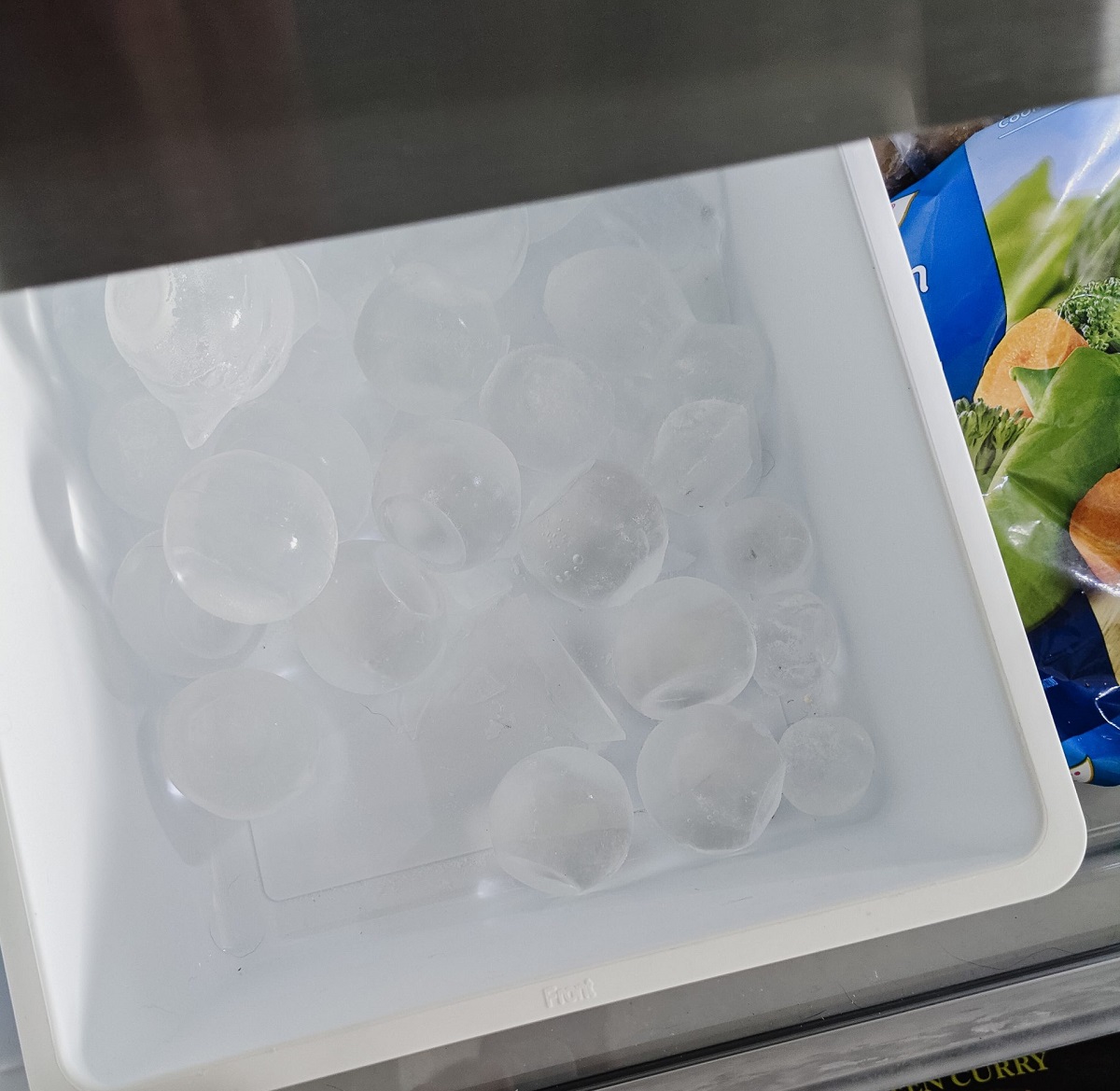

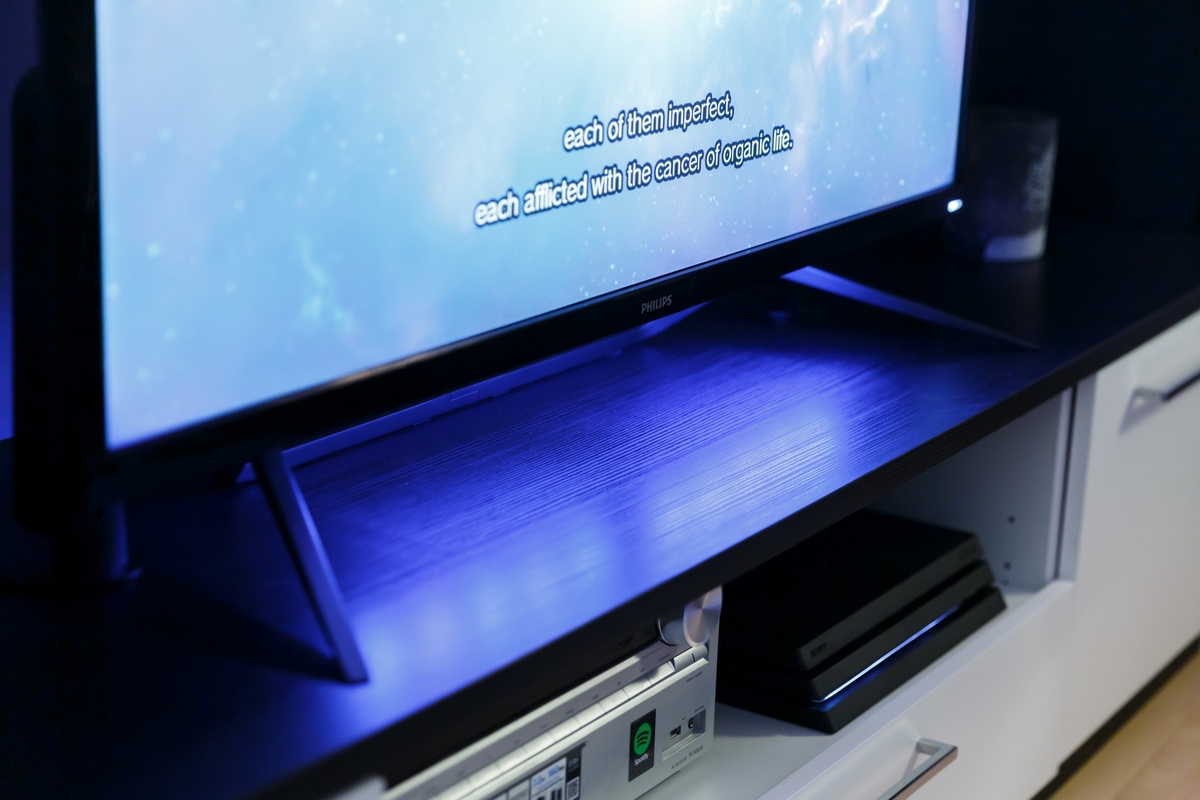
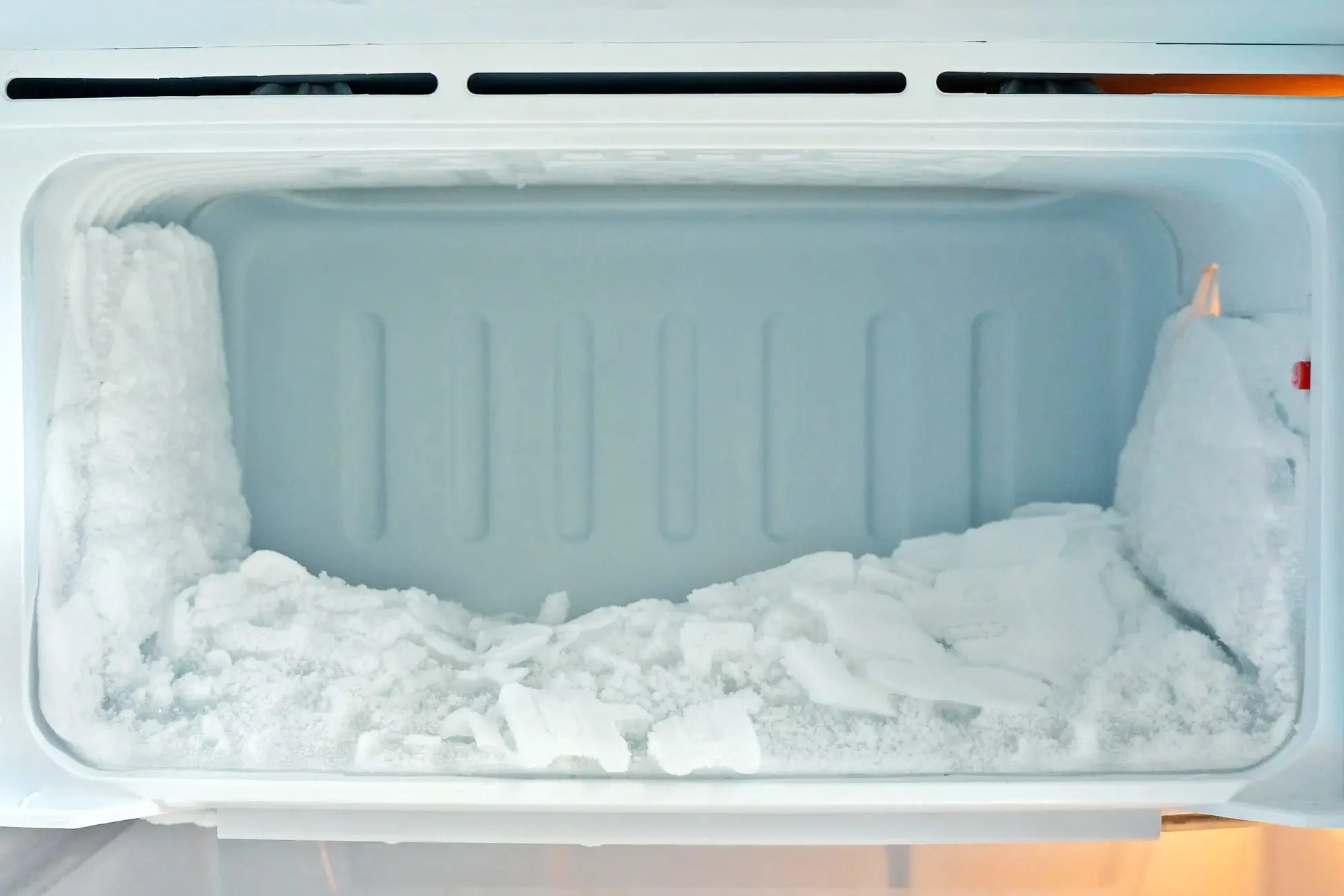
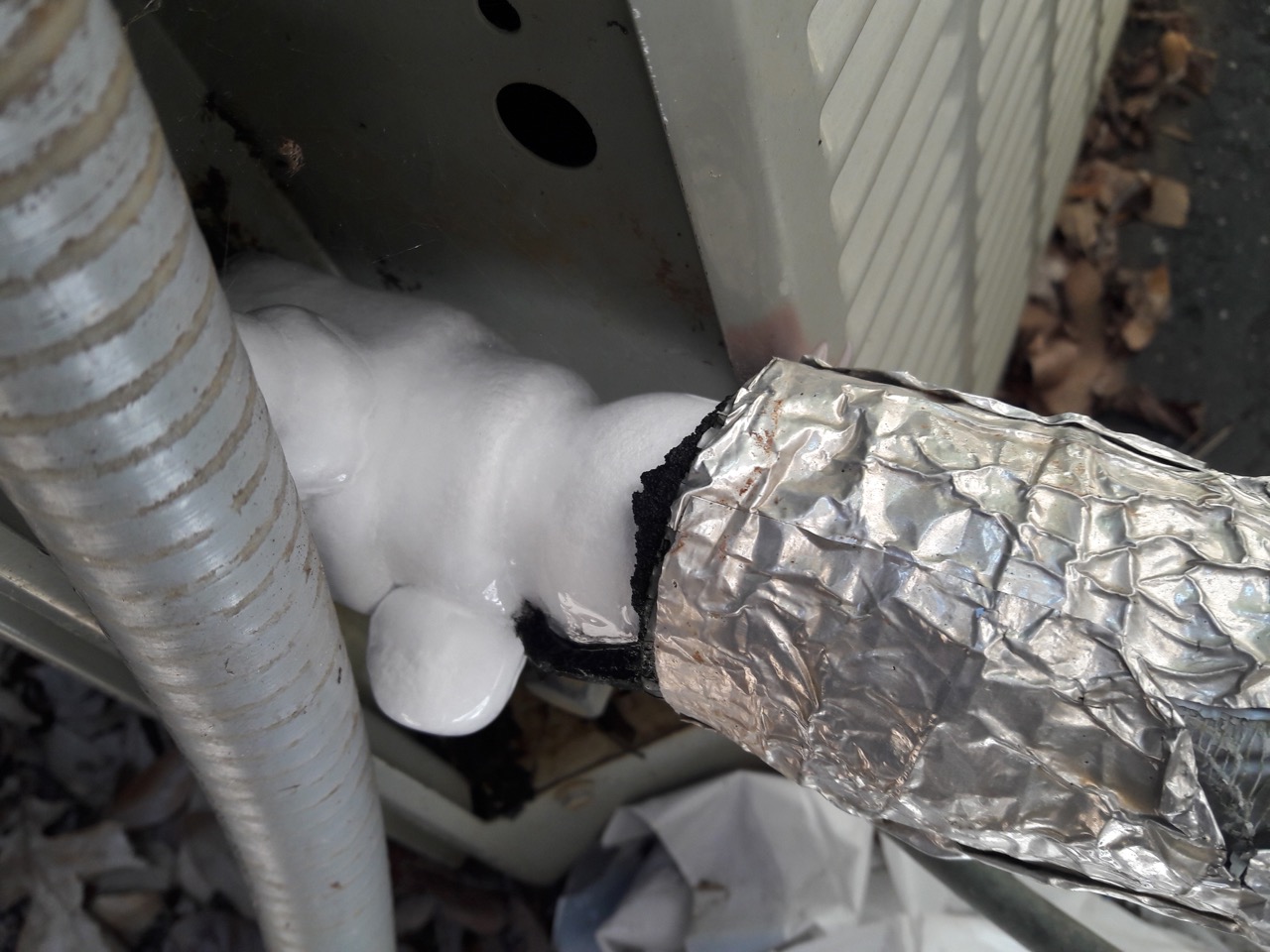
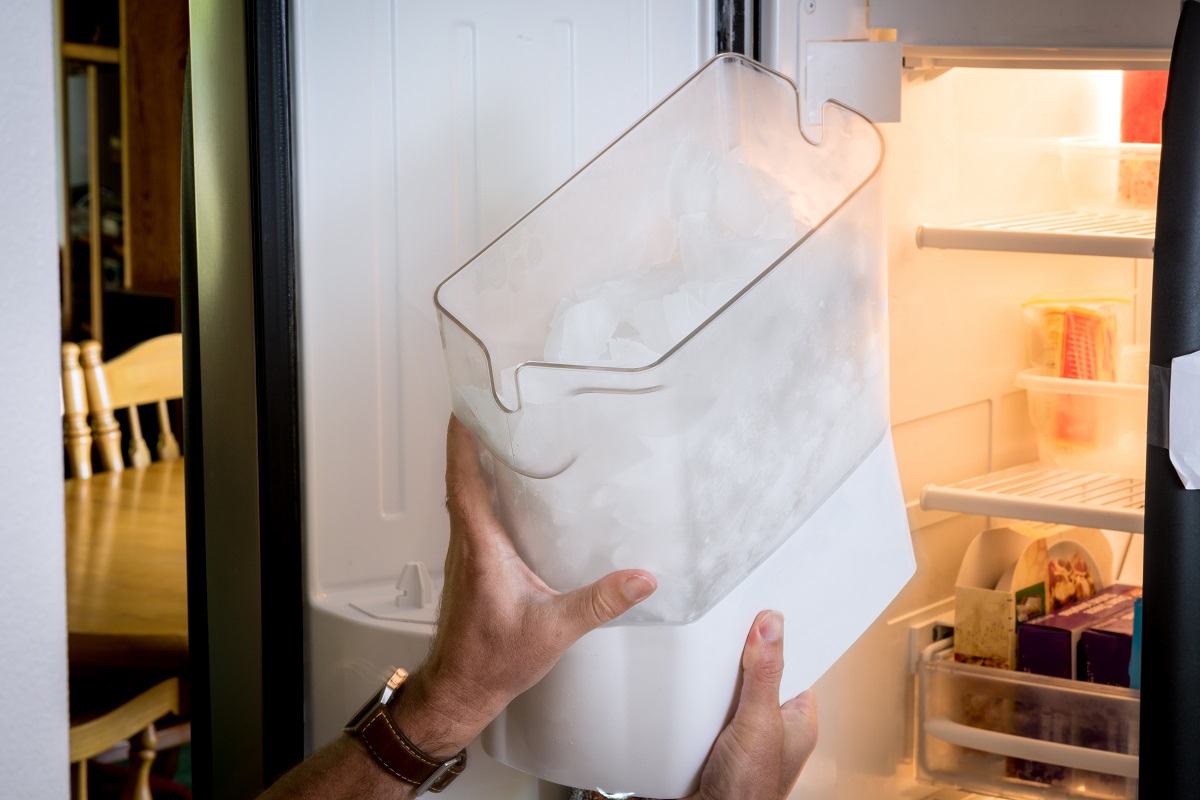
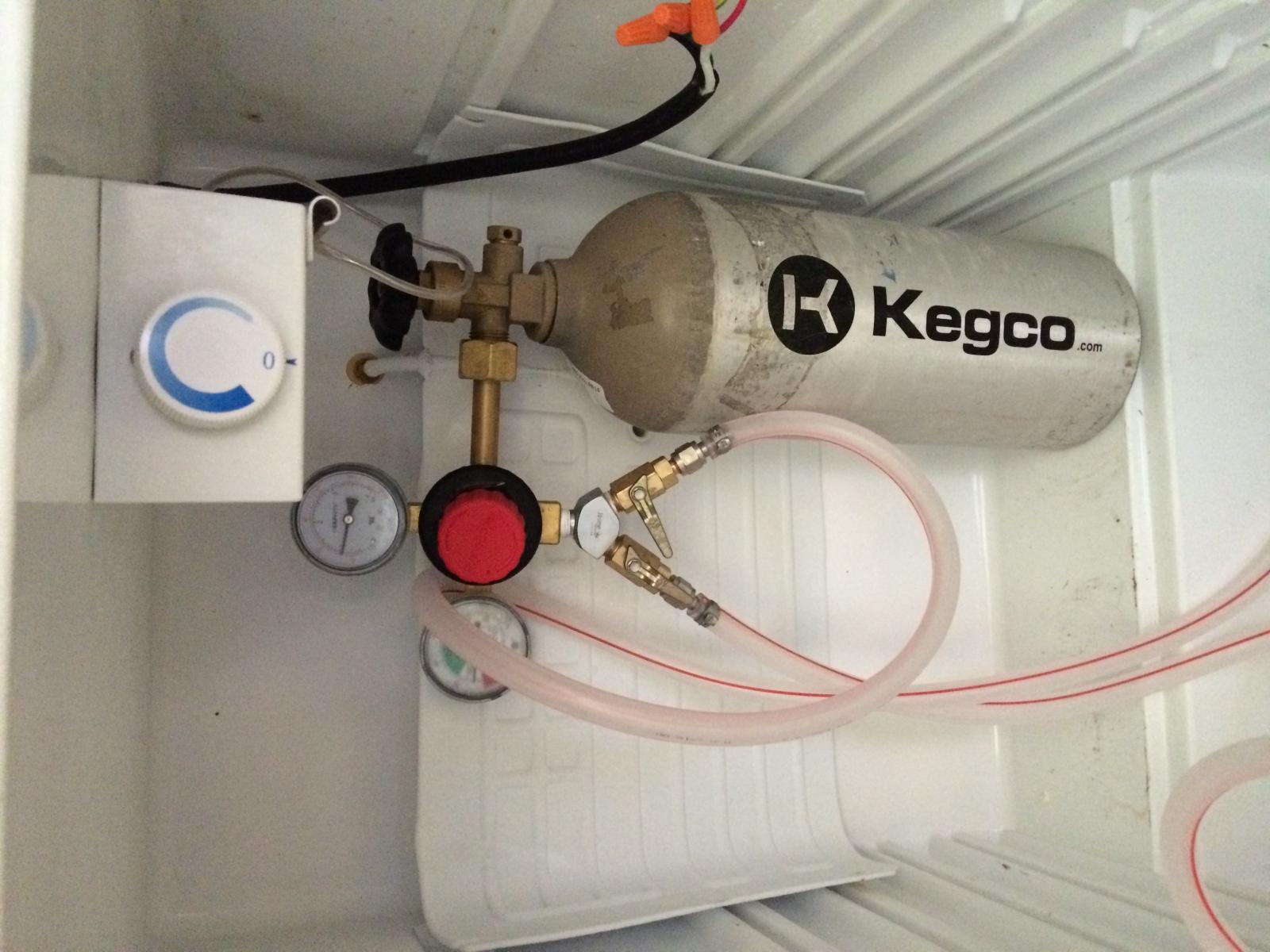
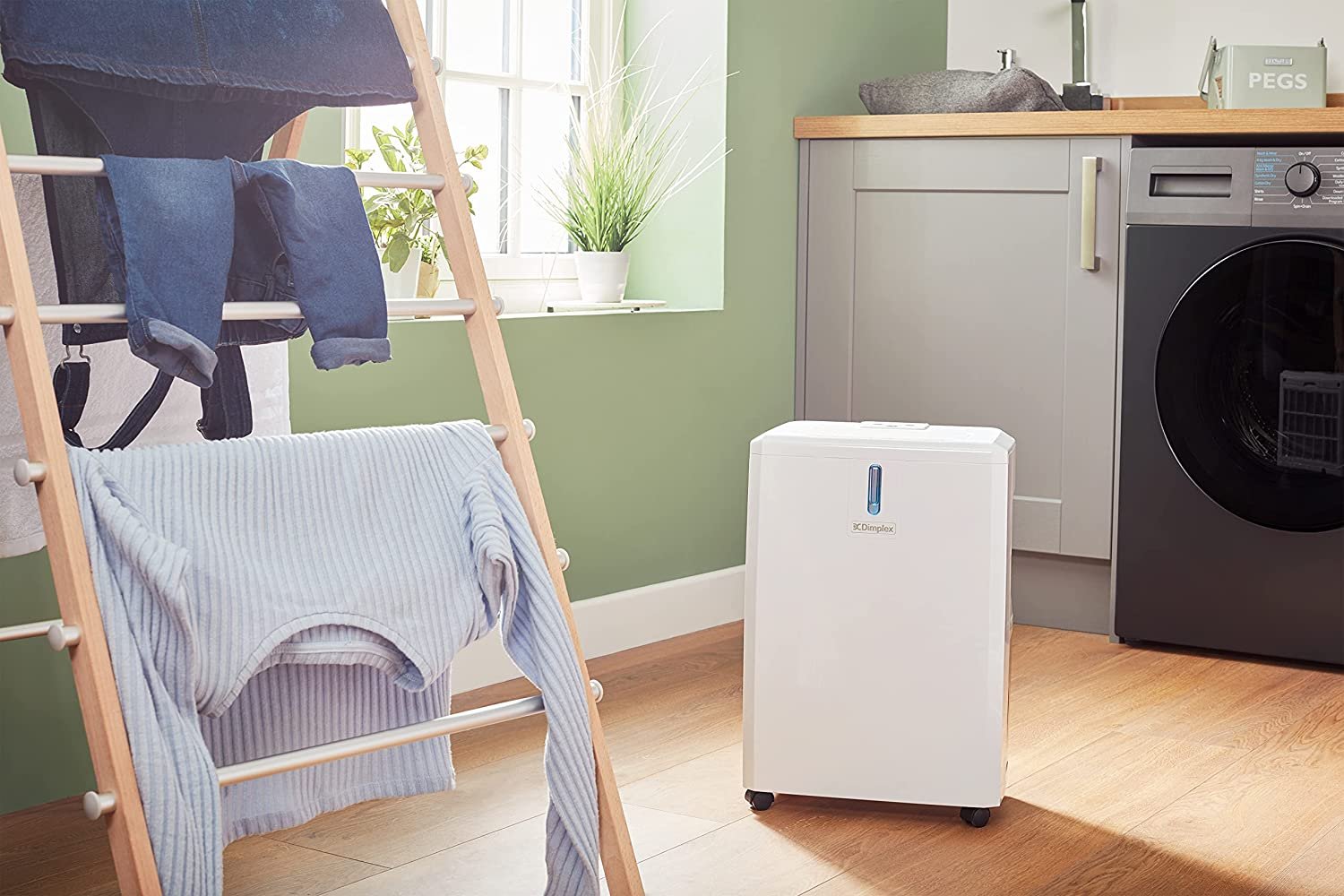
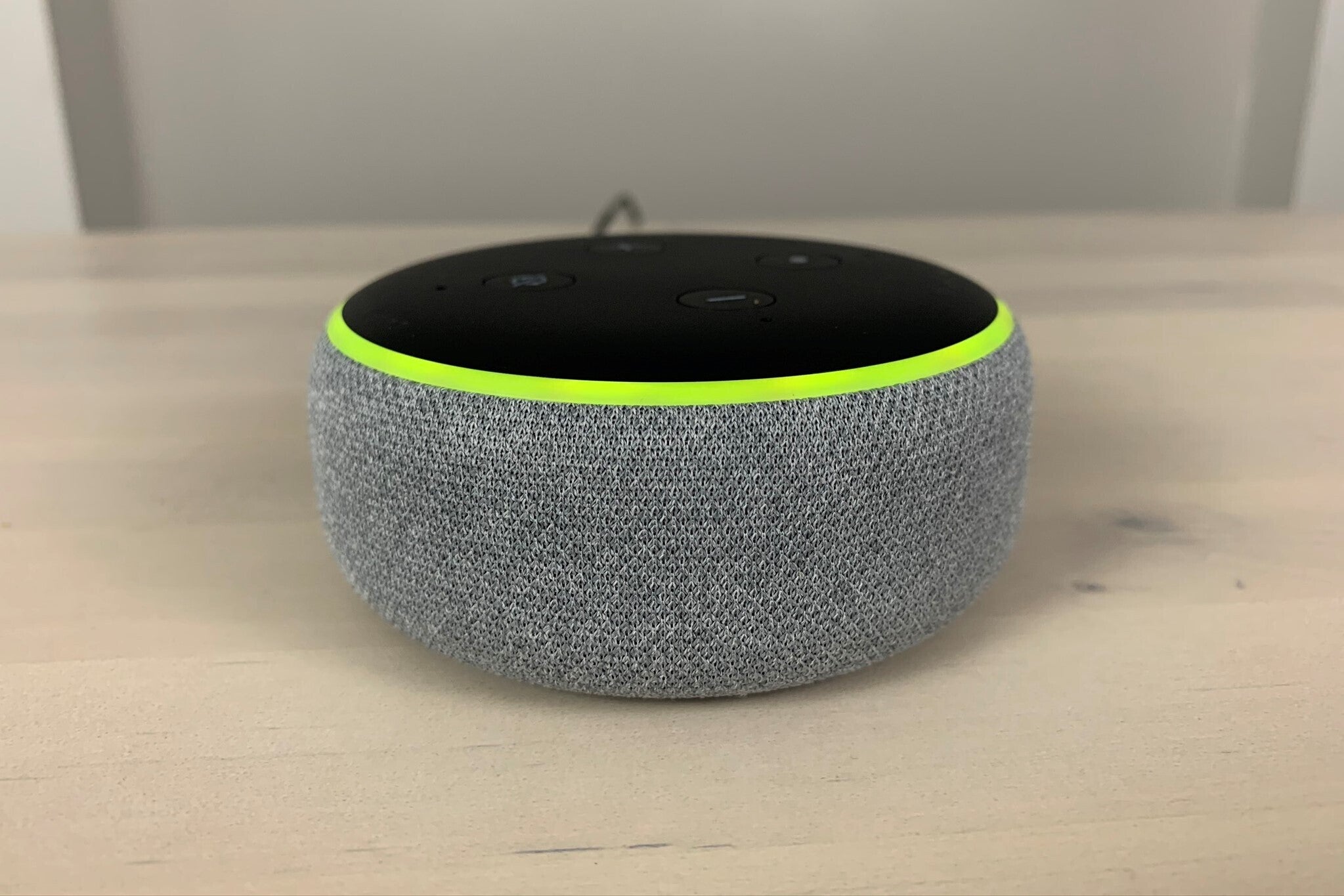
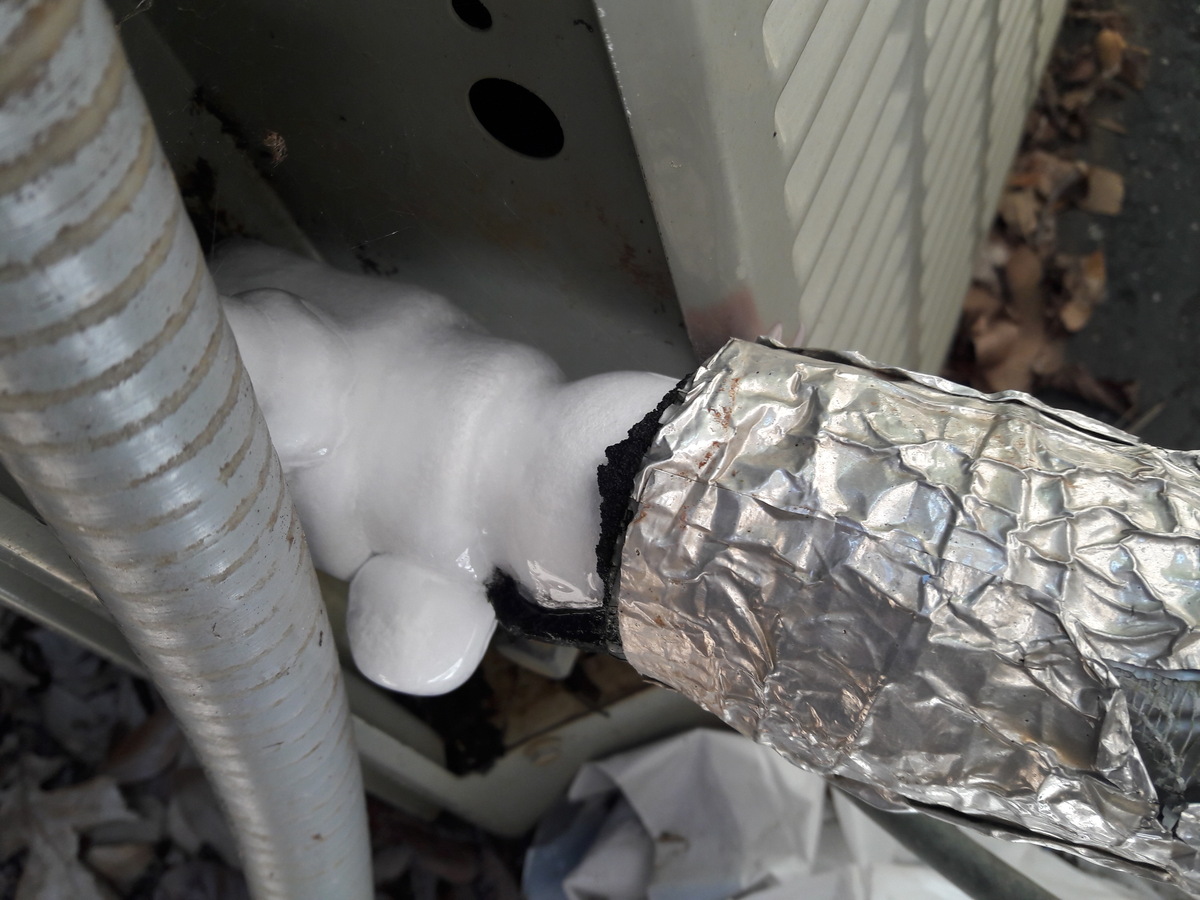
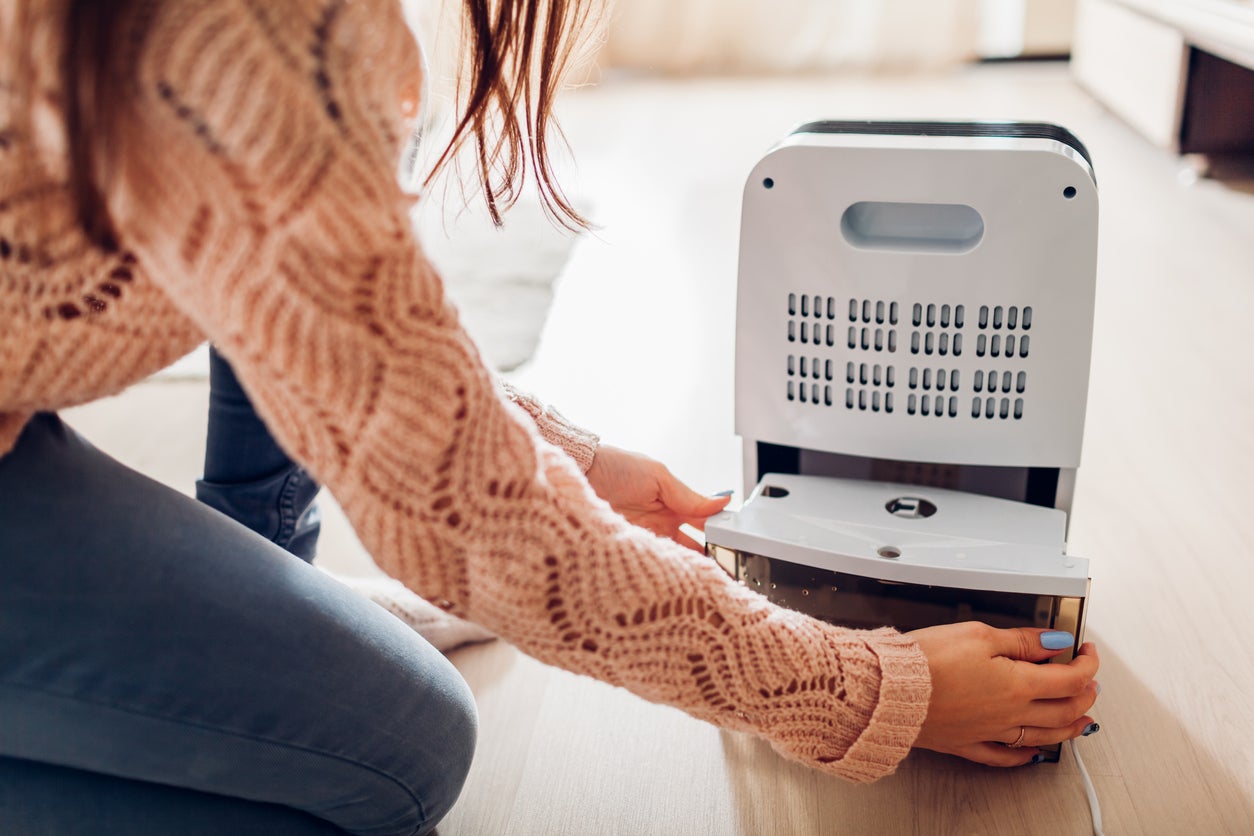
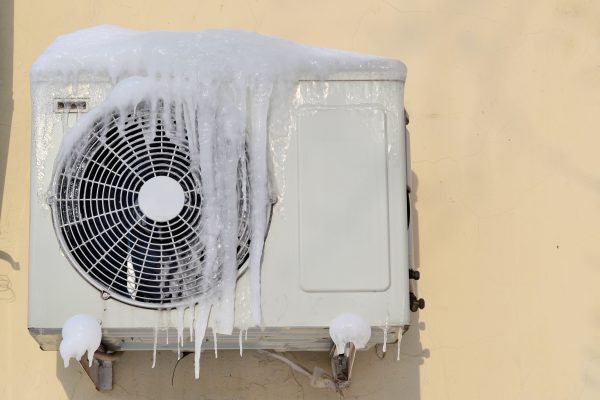

0 thoughts on “Why Does Dehumidifier Freeze Up”